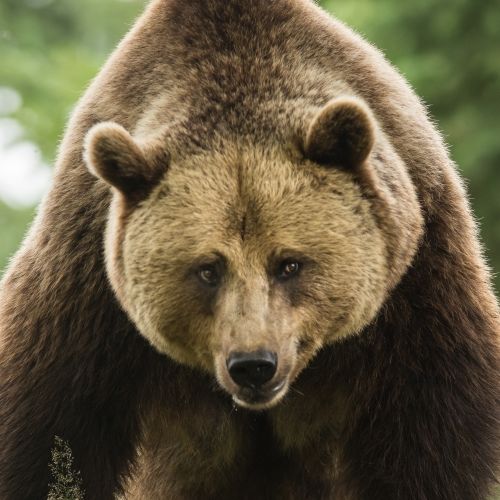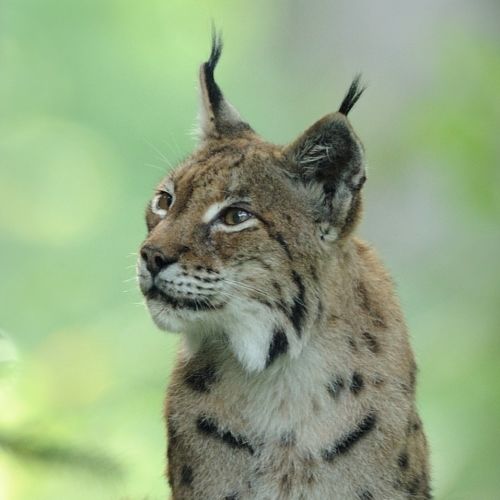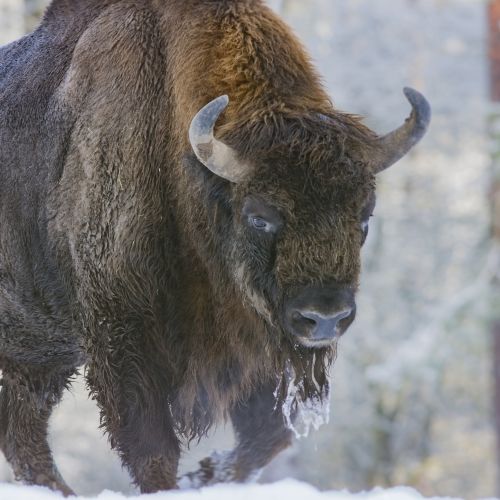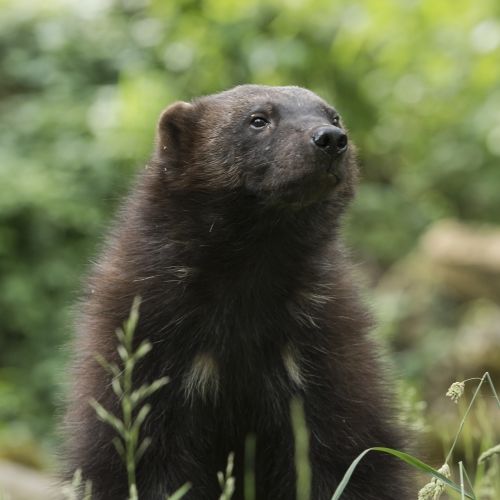The chamois
Recently, the rocks scattered across the hill that watches over the verdant valley have welcomed a new visitor. The gillyflowers have blossomed, carpeting the steep and otherwise arid slopes with their bright ochre blooms. On the dizzying mountain heights that are the chamois' preferred habitat, the adventurous mountain goat roams free. The four-legged rope dancer gallivants along precipices; hopping, skipping, and happily exploring every nook and cranny of the mystery-laden hill.

Cliff-side acrobat
The chamois is nicknamed “the mountain goat”, and has distinctive physical traits adapted to the mountainous areas in which it lives. Its sturdy build, large heart, and the density of its red blood cells enable the chamois to store a fair amount of oxygen during physical exertion, making it extremely resistant to high altitudes. And, thanks to its dense fur, it can withstand extreme cold. The chamois is a very agile animal, jumping, climbing and clambering with enviable ease.
Both male and female chamois sport distinctive hook-shaped horns. Contrary to deer, they don't shed their horns, though the horns do stop growing during the winter. You can tell a chamois' age by the size of its horns.
Females and their young live in herds. When it senses a threat, the chamois will emit a high-pitched whistle to alert the others.
The chamois has been extensively hunted by man, but reserves have been created in order to protect the species. Its natural habitat is sometimes disrupted by human activities: ski lifts, cable cars, agriculture...
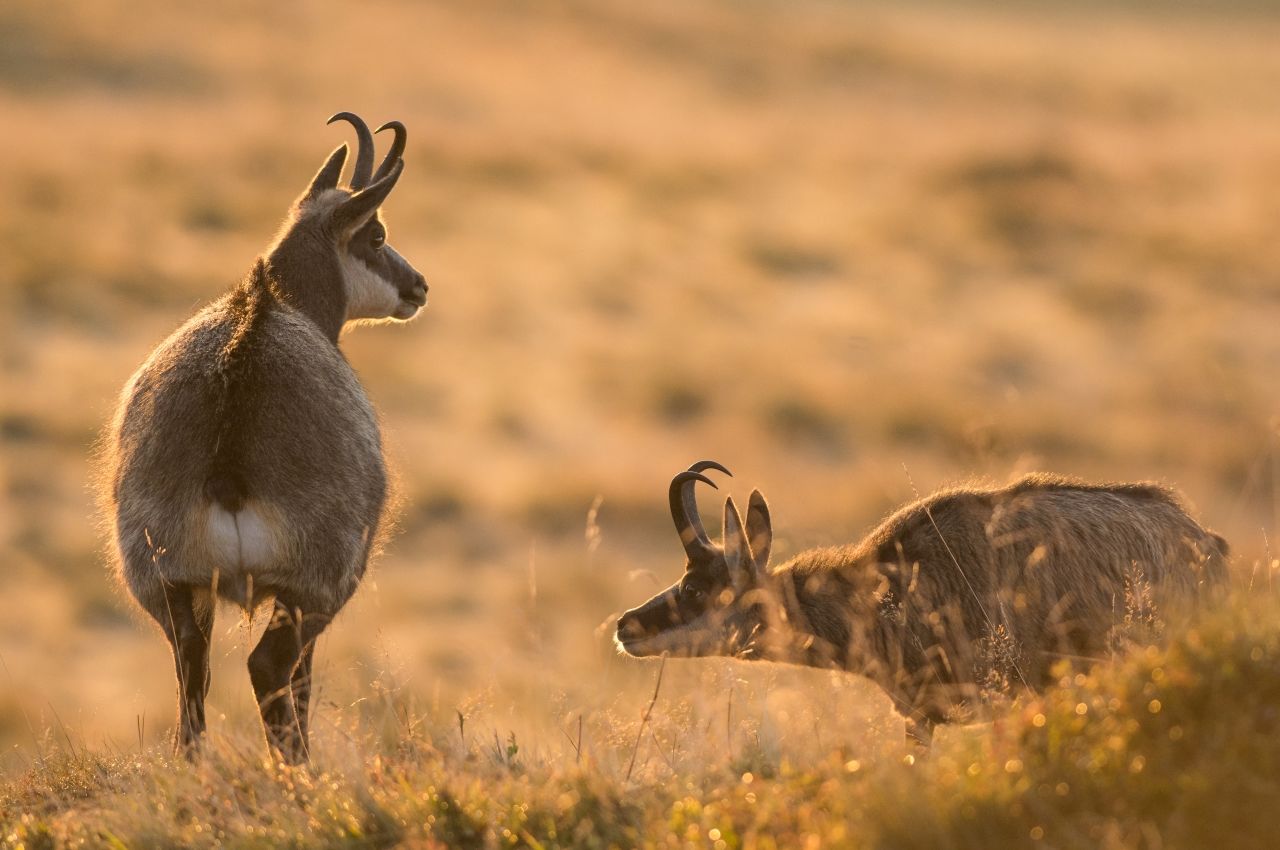
Reproduction
The males are polygamous, and live separately from the females, only joining them for the rut, which takes place between November and December. During the rutting period, the glands located just behind their horns secrete an odoriferous substance. The males rub their horns on branches and on the ground, depositing their musk-smelling secretion to attract females. Brutal combats take place to assert superiority. The males chase each other and try to reach higher ground so they can throw all their weight on their adversary. The winner is always the heaviest contender.
Between mid-May and mid-June, the female gives birth to a single kid that she will raise on her own.
Did you know that?
The chamois is a member of the bovid family, even though it looks a lot more like a goat than a cow!
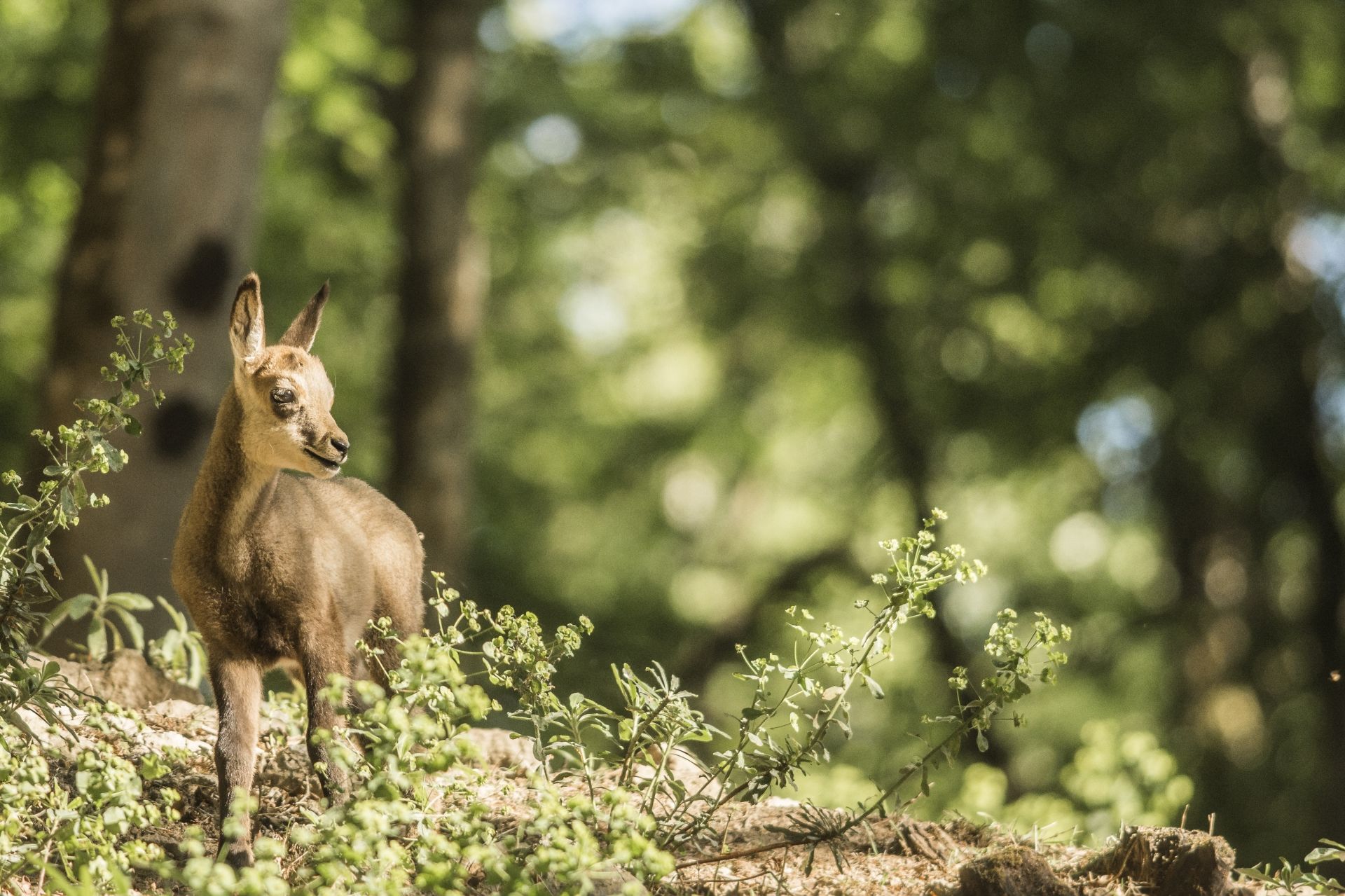
Discover the European Big 5
The bison, the wolverine, the wolf, the lynx and the brown bear
